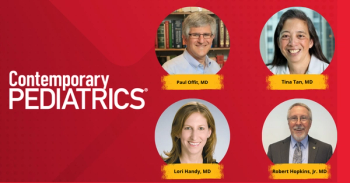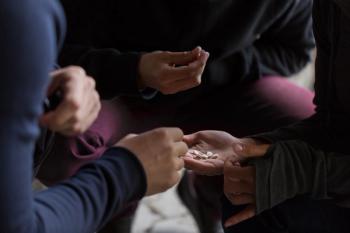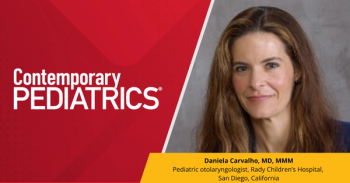
- November/December 2025
- Volume 41
- Issue 8
Do not underestimate the value of physical examination
Discover the critical role of physical exams in diagnosing rare conditions like spontaneous pneumomediastinum through unique clinical signs.
A case report highlights the importance of physical examination and medical semiology for certain conditions; in this instance, spontaneous pneumomediastinum (SPM). A healthy male student athlete aged 15 years was admitted to the hospital for chest pain that began a few hours after an intensive practice and had not abated after 3 days. A physical exam revealed an uncommon finding: a crunching, rasping sound that was synchronous with the heartbeat. Although the pulmonary auscultation was normal and the remaining physical exam unremarkable, the patient’s chest radiograph showed an abnormal radiolucent silhouette around the mediastinal structures, suggesting the presence of a pneumomediastinum. A soft-tissue radiograph of the neck confirmed the subcutaneous neck emphysema.
It was the palpable subcutaneous neck edema and crackle on cardiac auscultation that led to a timely and accurate diagnosis of SPM, making it possible to avoid unnecessary exams. Variously named the Hamman sign, Hammond sign, or Hammond crunch, this finding is rare, present in only 11.6% of described cases, but is a pathognomonic sign of pneumomediastinum. Once the diagnosis of Hamman syndrome was made and symptomatic treatment provided, the young man’s condition resolved completely.
Thoughts from Dr Farber
While the Hamman sign is admittedly rare, I love pathognomonic findings. If you see it, you will be able to make a diagnosis and educate the family before sending the patient to radiology (or the emergency department, depending on how the patient appears).
Reference
Mendes J, Boas NV, Gomes C, Santos SD. Hamman’s sign and syndrome: a reminder of important clinical clues. Pediatr Pulmonol. 2025;60(2):e27502. doi:10.1002/ppul.27502.
Articles in this issue
about 1 month ago
Is shortened treatment for urinary tract infections a good idea?about 1 month ago
EC prescribing has not changed post Dobbsabout 2 months ago
Artificial sweeteners show mixed effects on diabetes managementabout 2 months ago
Novel therapies for type 1 diabetesabout 2 months ago
Bridging the gaps in pediatric diabetes care and awarenessabout 2 months ago
A teenage girl with acne lesions on her foreheadNewsletter
Access practical, evidence-based guidance to support better care for our youngest patients. Join our email list for the latest clinical updates.







